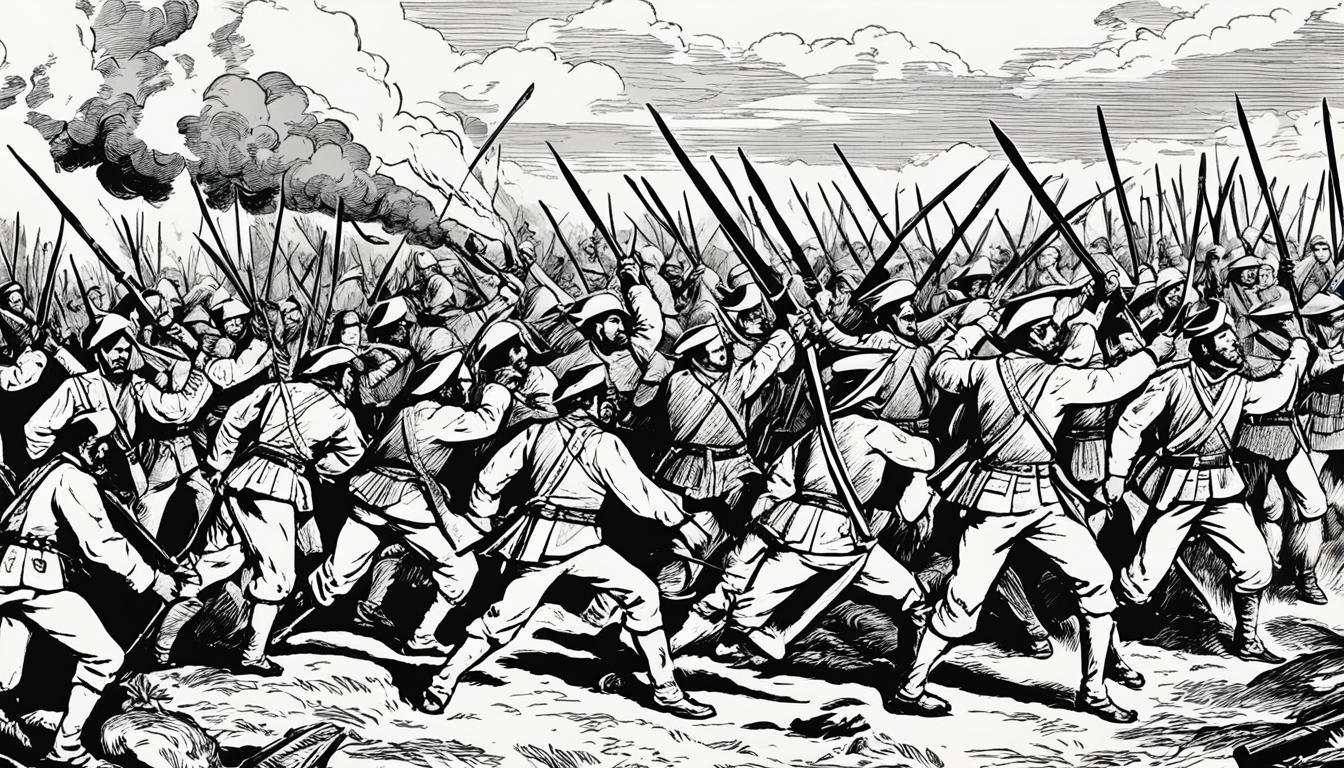Introduction: Seeds of Inequality in Paradise Before the arrival of Ferdinand Magellan in 1521 and the subsequent colonization by Miguel López de Legazpi starting in 1565, the Philippine archipelago was a tapestry of diverse, self-governing communities known as barangays. Led by datus or chieftains, these societies possessed their own distinct social structures. While hierarchy existed…
Philippine Baybayin Translator & Study Guide
Animism in the Philippines: Exploring the Lasting Spirituality
I. Introduction Imagine walking through a verdant Philippine forest. Do you pause, almost instinctively, before passing a towering, ancient balete tree, whispering a quiet “tabi-tabi po” (excuse me, please pass)? Or consider the simple gesture of pagmamano, pressing an elder’s hand to one’s forehead – could this profound act of respect echo millennia of ancestral…
Banwaon Language
I. Introduction Imagine a language echoing through the highlands of Mindanao, carrying the stories, traditions, and identity of a unique Filipino community – this is the Banwaon language. It’s more than just a collection of words; it’s a living vessel holding generations of wisdom, cultural practices, and the very soul of the Banwaon people. The…
Manila’s Century of Floods: A History of Washed-Away Dreams
I. Introduction A Portrait of Loss Imagine wading through murky, chest-deep water, the stench of sewage and decay thick in the air. Your home, a sanctuary built with years of hard work, is submerged. Floating remnants of life – a child’s toy, a family portrait, fragments of furniture – drift past, stark symbols of disruption….
Mandaya Language of the Philippines
I. Introduction A Tapestry of Tongues in the Archipelago The Philippines is an archipelago brimming with incredible diversity, not just in its stunning natural landscapes but also in its rich tapestry of human cultures and languages. Far beyond the commonly known Tagalog (Filipino) and English, the country is home to over 180 distinct indigenous languages,…
Cavite Mutiny 1872
I. Introduction The Catalyst of Change in 1872 The year 1872 stands as a watershed moment in the complex tapestry of Philippine history. It marks a period shadowed by turmoil, repression, and ultimately, the burgeoning flame of national consciousness. At the heart of this pivotal year lies the Cavite Mutiny 1872, an event seemingly localized…
Subanen Language of the Philippines
The Philippines, an archipelago brimming with cultural diversity, is home to over 170 languages, each weaving a unique thread into the nation’s rich tapestry. Among these linguistic treasures is the Subanen language, spoken by the Subanen people, one of the largest groups of lumad (indigenous peoples) primarily inhabiting the mountainous regions of the Zamboanga Peninsula…
The Mountain Holds Its Breath, The Eighty-Five Year Defiance, Dagohoy’s Mountain
Chapter 1 The heat pressed down on Inabanga, thick and suffocating, a familiar shroud woven from the Bohol sun and the island’s damp breath. Even the wind, when it stirred the fronds of the coconut palms lining the river, offered little relief, merely shifting the heavy air. From the slight elevation where his nipa hut…
Dagohoy Rebellion: Unveiling the Historical Uprising in the Philippines
The annals of Philippine history are replete with tales of courage, resistance, and the unyielding spirit of its people against centuries of foreign rule. Among these narratives, one stands out for its sheer tenacity and duration: the Dagohoy Rebellion. Lasting an astonishing 85 years (1744-1829), this historical uprising in the Philippines holds the record as…






